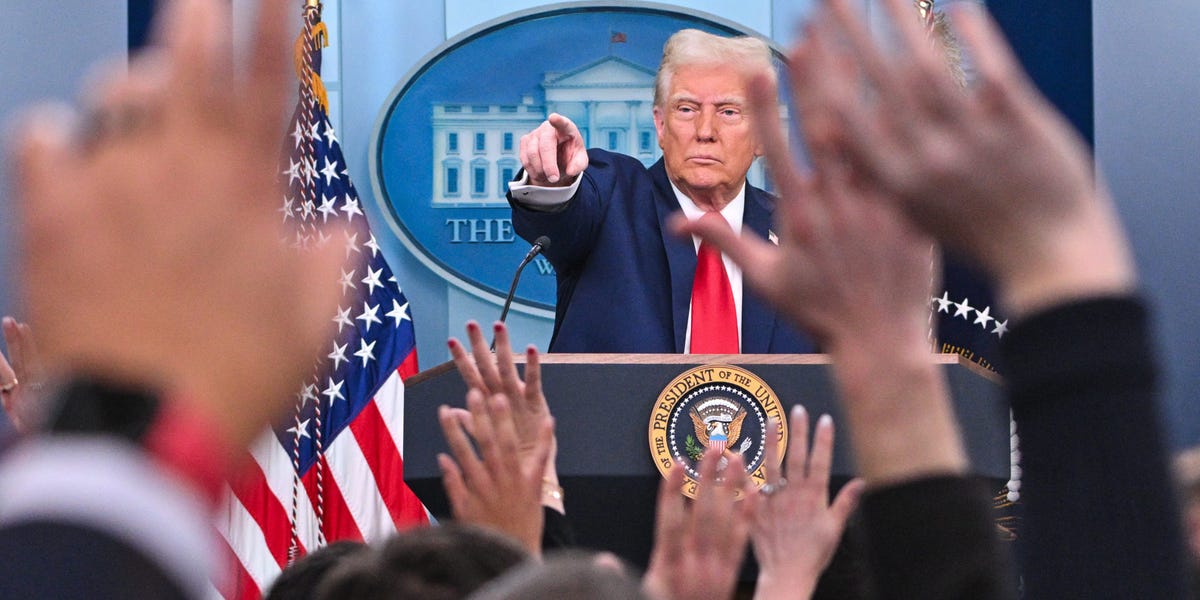Federal Workforce in Limbo: Trump's Early Days Spark Job Security Fears

As President Trump completed his second week in office, uncertainty loomed large over the future of government employment and administrative roles. The landscape of federal jobs appeared to be in a state of unprecedented flux, with potential sweeping changes on the horizon that could dramatically reshape the structure and function of government agencies.
Employees across various federal departments found themselves navigating an atmosphere of unprecedented uncertainty. Rumors of potential restructuring, budget cuts, and strategic realignments created an undercurrent of tension and speculation. Career civil servants and political appointees alike were left wondering about their professional trajectories and the potential transformations awaiting their respective departments.
The administration's early actions signaled a potentially radical approach to government staffing and organizational design. Key positions remained unfilled, while others were being reimagined, leaving many to question the long-term implications for public sector employment. The traditional boundaries between political leadership and career bureaucracy seemed to be blurring, creating an environment of both anticipation and anxiety.
As the new administration continued to make its mark, government workers across the nation braced themselves for what could be a fundamental reshaping of their professional landscape. The only certainty, it seemed, was the uncertainty itself.

